Having a good structure to your violin practice, as described in the Practice Menu, is important. But it isn't everything... you also need to be able to use time efficiently within your practice time.
That means knowing what to do... which types of exercises will be helpful, and which kinds of activities will guarantee you results?
It's a big topic, but a great place to start is with some of the most useful and effective practice techniques that have been proven time and again by violinists over many years.
Here's a useful checklist of some of the most popular techniques...
Download it from the ViolinSchool Library
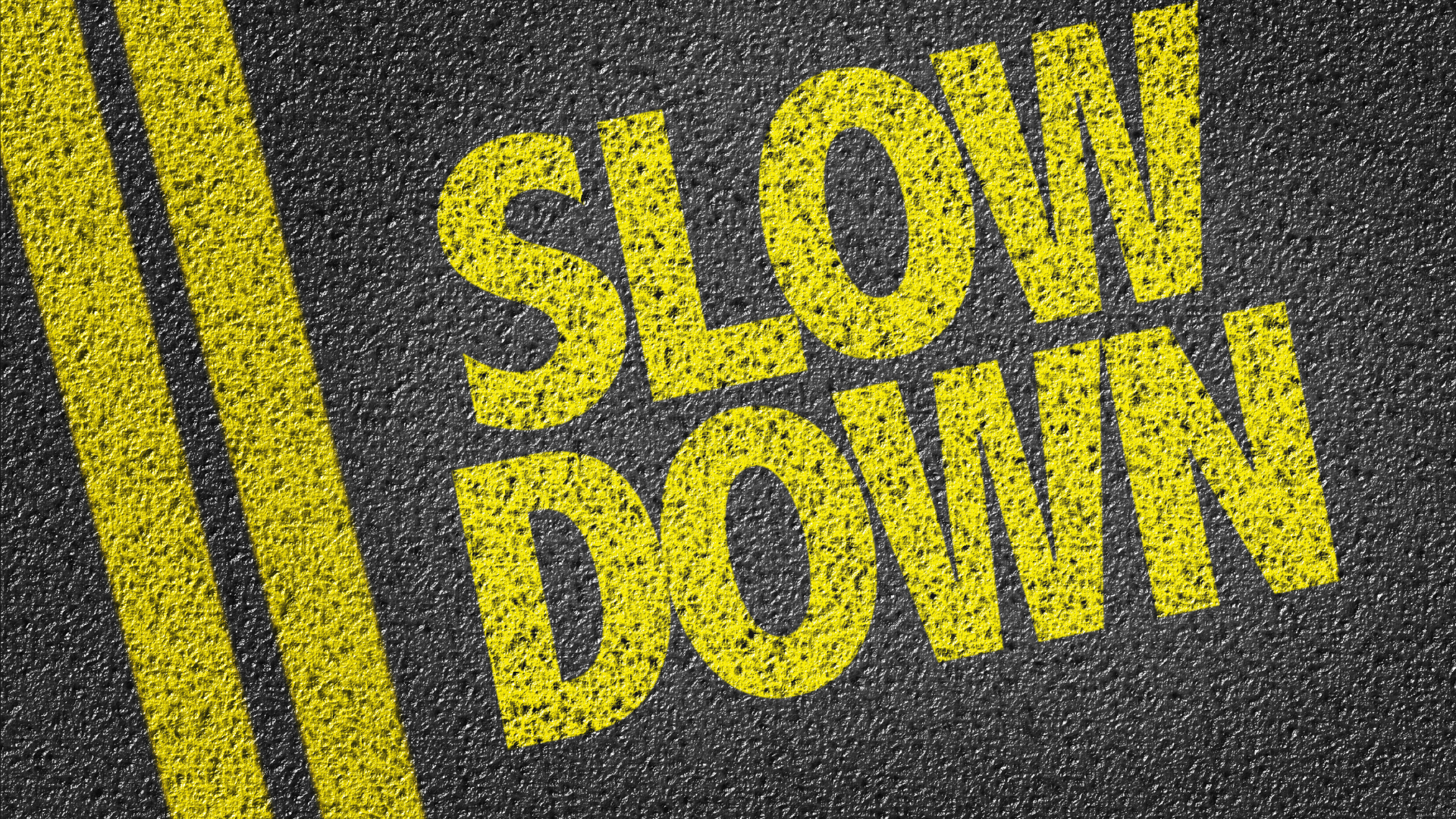
It seems obvious, doesn't it? If you play something underspeed, you have more time to think ahead and get it right. But slow practice gives you sooo much more than just more time. You'll also benefit from...
Accurate Repetition - The more you repeat something, the more it 'grooves' itself into your muscle memory. So obviously, it's better to groove those memories in accurately! And you're most likely to achieve a high level of accuracy when practising new motions, if you're playing them slowly!
Speed of Acquisition - When you're playing slowly, you've got more time to think about the detail of what you're doing. You can use this time to create a comprehensive visual image of how you are playing, in your imagination. This helps you to get the action more quickly into your subconscious memory than if you were playing it fast. So weirdly, slow practice = fast learning!
Proportion - Try approaching slow practice as if you are playing in 'slow motion'. What you're doing is just a slowed-down version of what you'd be doing at full speed. This is actually quite challenging to do, because you become aware of the subtlety of each element of your movements. But it really makes you think about how to improve your playing. Does your body balance? Are all your movements in good proportion to one another? Is each motion as efficient and smooth as it could be?
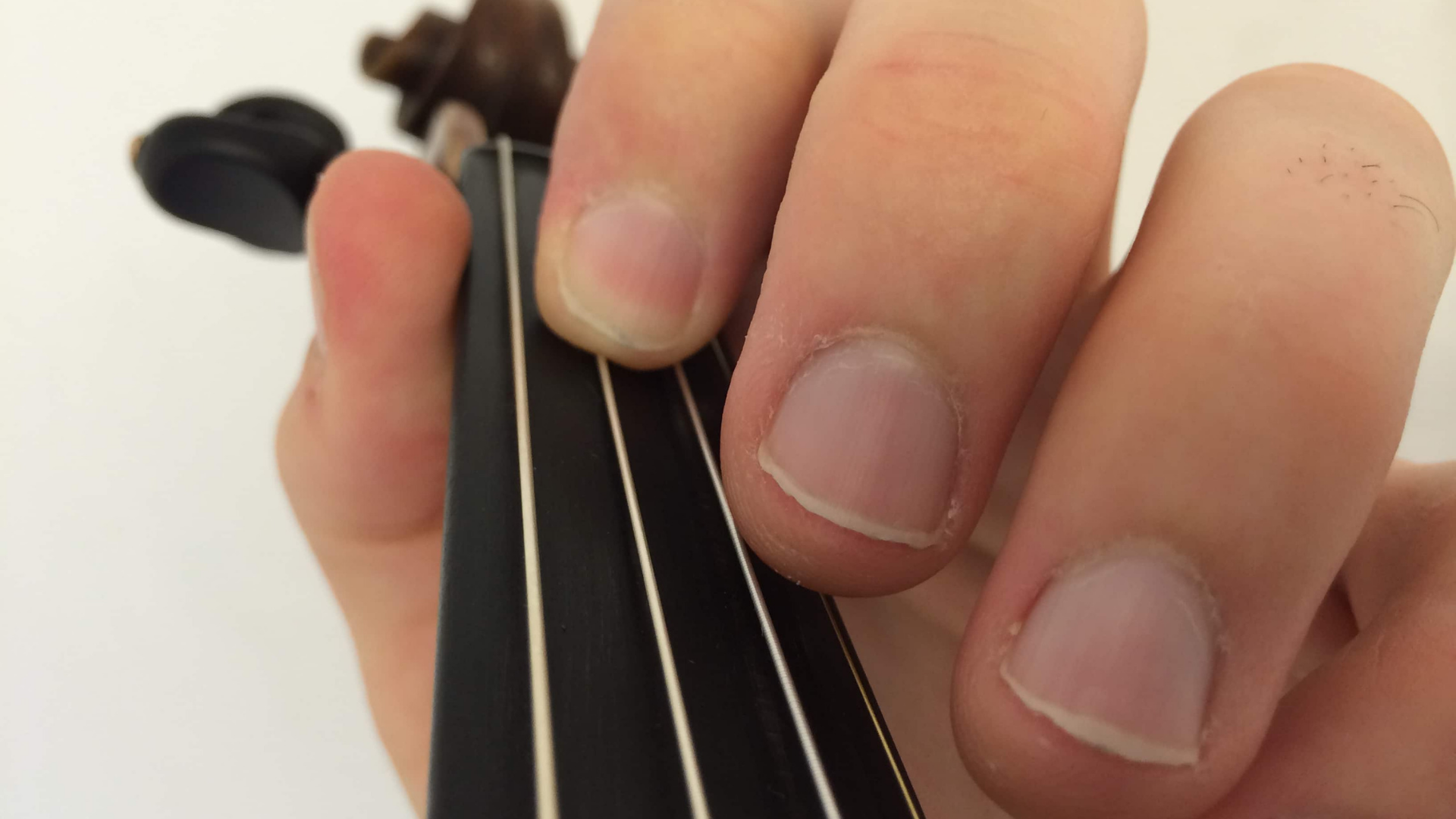
When we perform music on the violin, or play through pieces at speed, we have to rely a lot on the 'automatic' skills that we've built up during training. That's fine if you already know a piece of music well.
But if you're learning something for the first time, then it simply doesn't work to jump straight into playing things through. The detail of your muscle memory just isn't strong enough, and you'll become overwhelmed.
That's why it's important to break things down and isolate them... it allows us to focus on solving one issue at a time. Once that's done, we can carefully and slowly take the time to internalise each movement, until it's well 'grooved' into our muscle memory.
The same thing works for fixing problems in your violin practice. You need time and energy to focus on solving individual issues, one at a time, without distractions. Once you've fixed a passage of music at a slow speed, then you can test it at a higher speed!
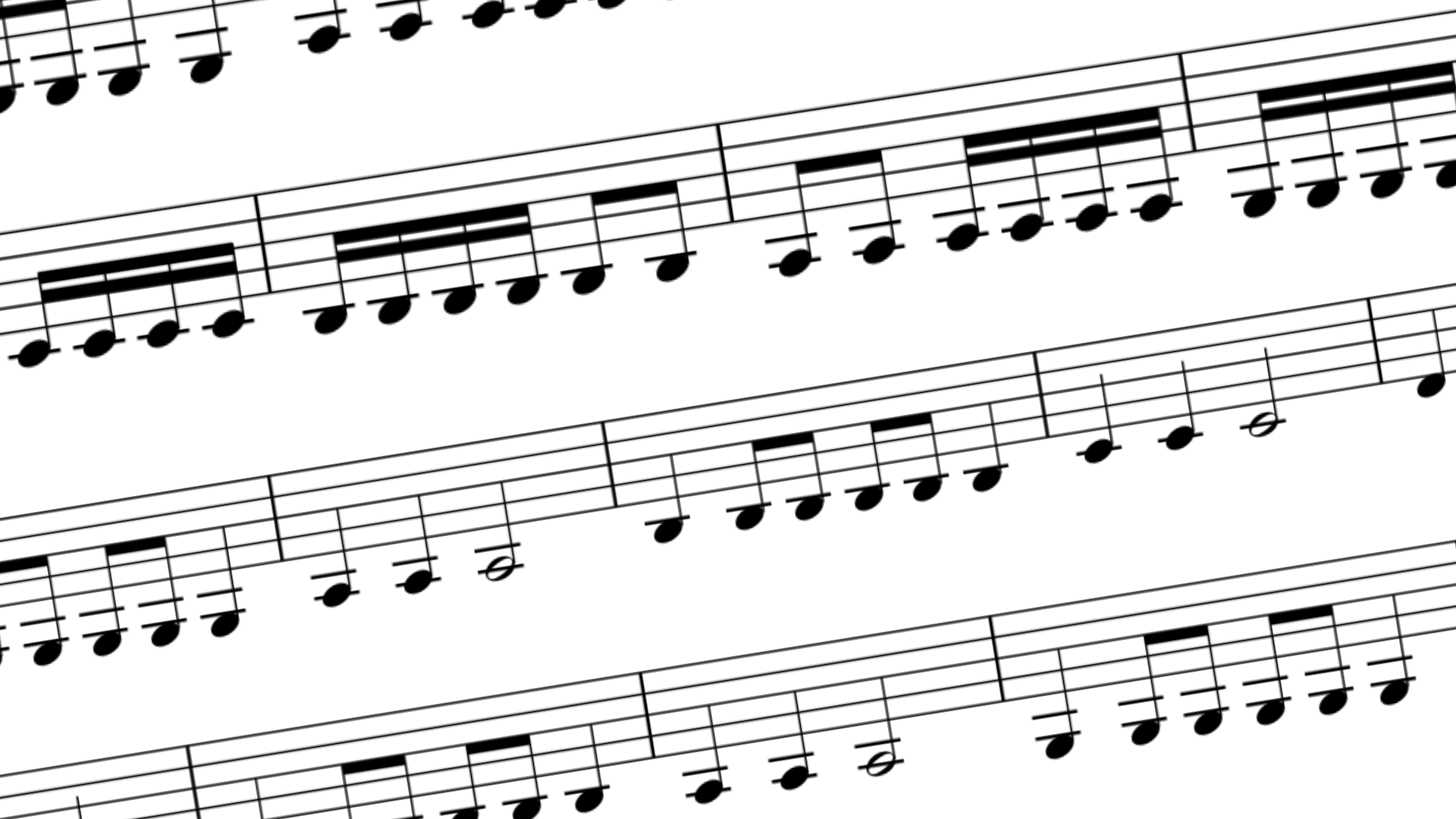
Once we have a solution to a problem, or we've learnt how a complex techinque works, we need to make our physical memory as strong as possible. Then we can recall each set of movements effectively and efficiently in performance - without needing to consciously think about it!
To do this, a different kind of 'breaking down' becomes useful... instead of simplifying a task by reducing complexity, we need to increase the complexity of the movements, in order to test and expand the limits of what we can do.
Adding complexity to a task places stronger and stronger demands on our technical capability and mental capacity. This forces us to depend more and more on our subconscious memory (i.e. our training). If we can monitor this effectively, then it's possible to predict accurately the level to which we can perform under pressure - which is a great way of reducing stress and performance anxiety!
Two of the most important ways of building up these skills are by varying the rhythm and bowing patterns that you use during practice. For example, you might be able to play a simple 2 or 3 octave scale using, for example, quarter notes on separate bows.
But try the same scale with dotted rhythms, changing the bow every three notes, and you'll have a MUCH harder challenge to complete!
Of course, it's sensible not to jump too far ahead of your current capability. So try to introduce rhythm and bowing variations that are only just outside of your comfort zone... challenging, but still doable!
As you introduce more rhythm and bowing changes, you'll find that you can cope with increasing amounts of complexity whilst playing, and the underlying tasks will become easier (such as, in this example, the original 2 or 3 octave scale).
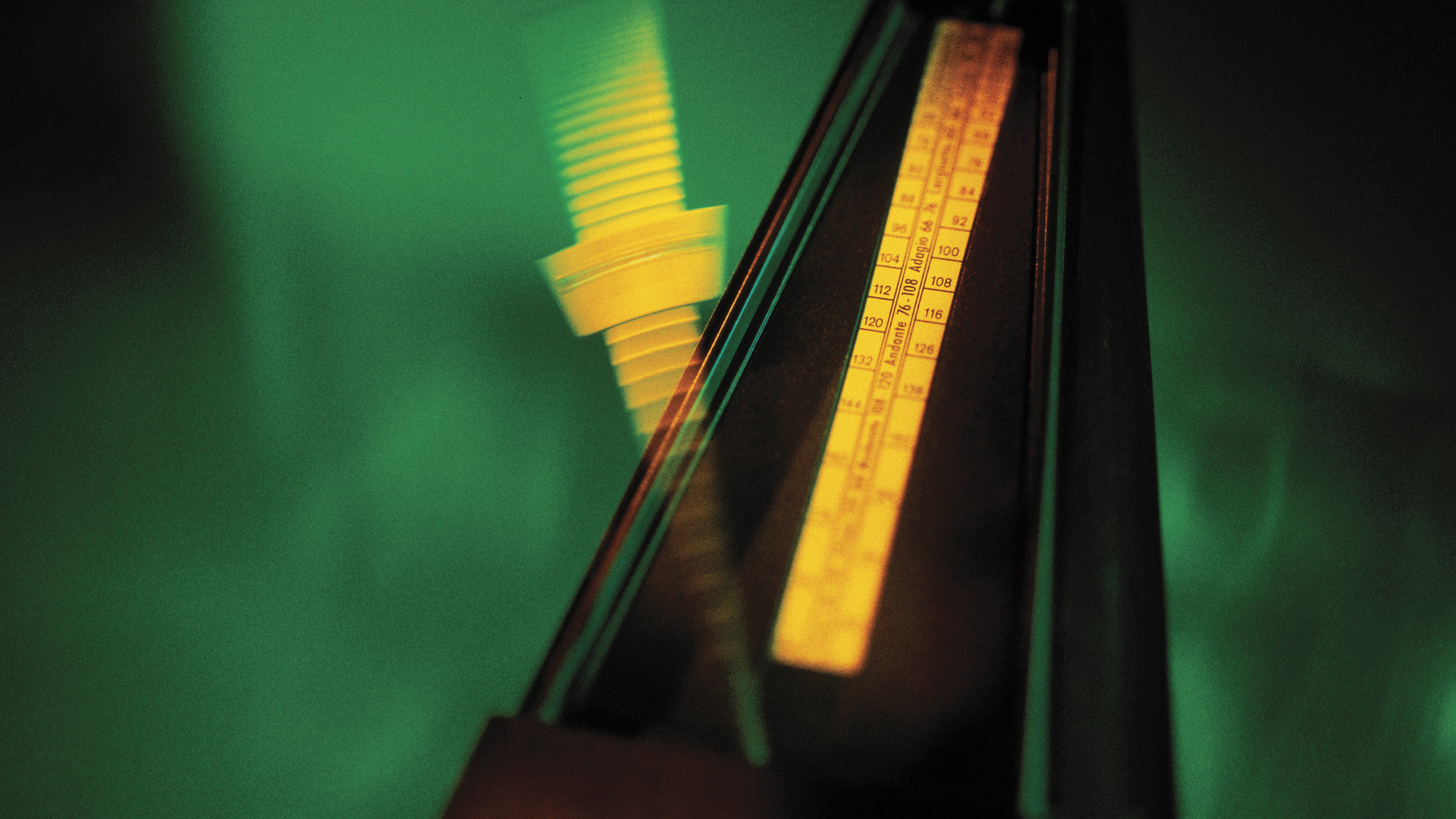
Timing is one of the most important aspects of music. And for music to make sense, the pitches we play have to be proportionate to each other!
Yes, that means you have to play the right rhythms. But those rhythms have to be right in proportion to the pulse of the music.
Our perception of time can become warped when we're concentrating on other things. So next time you face a challenging technical problem, try switching on a metronome. Keep listening to the metronome as you play, and you'll hear immediately if your timing becomes uneven.
Using a tool like a metronome means you have one thing to think about as you play. It frees up your brain to focus on whatever technical issue you're working on!
Better still, by premptively using the metronome to stop you from veering off-tempo, you avoid grooving in any timing errors whilst you're practising!
But, a warning... don't become addicted to the metronome! (Or to the tuner or mirror - see below). If you depend too much on the visual memory, it can cause other problems. But it's easily avoided... read Are You A Metronome Addict? to find out how!
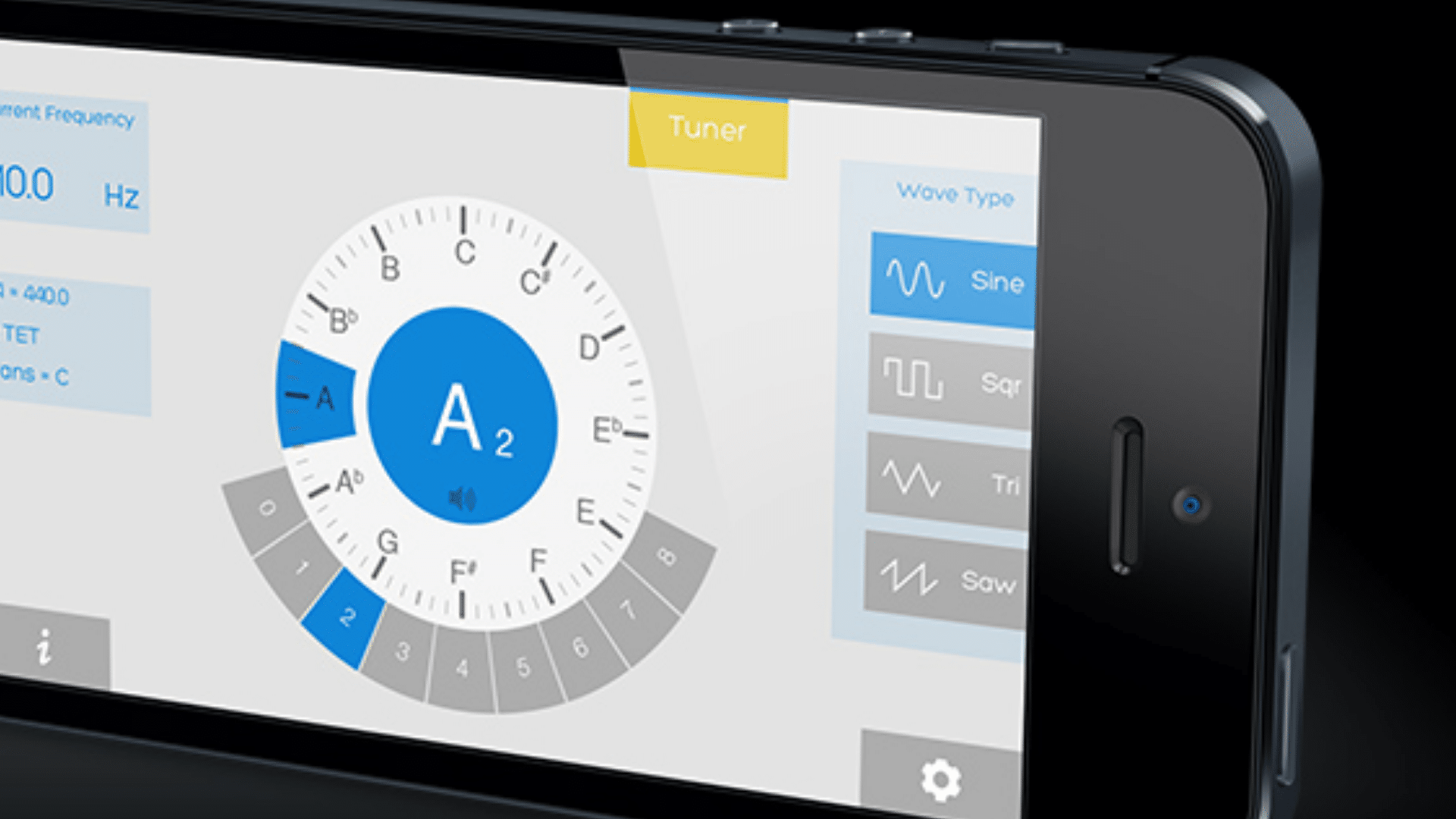
As with timing, it can be really helpful to have independent, objective feedback on your pitch as you practise. A tuning app will give you a visual read-out, which will show whether you are playing in tune or not.
It's best to use a tuner for testing, checking and correcting your playing... rather than just following along with the the visual cues!
Most 'intonation practice' (i.e. practising your finger placement, and tuning the notes correctly) benefits from slow practice, because when you are bowing with clear, full, slow bow strokes, then it is much easier to create a big, beautiful and resonant sound.
And that's the kind of sound you need to hear, in order to make good solid decisions about your intonation!
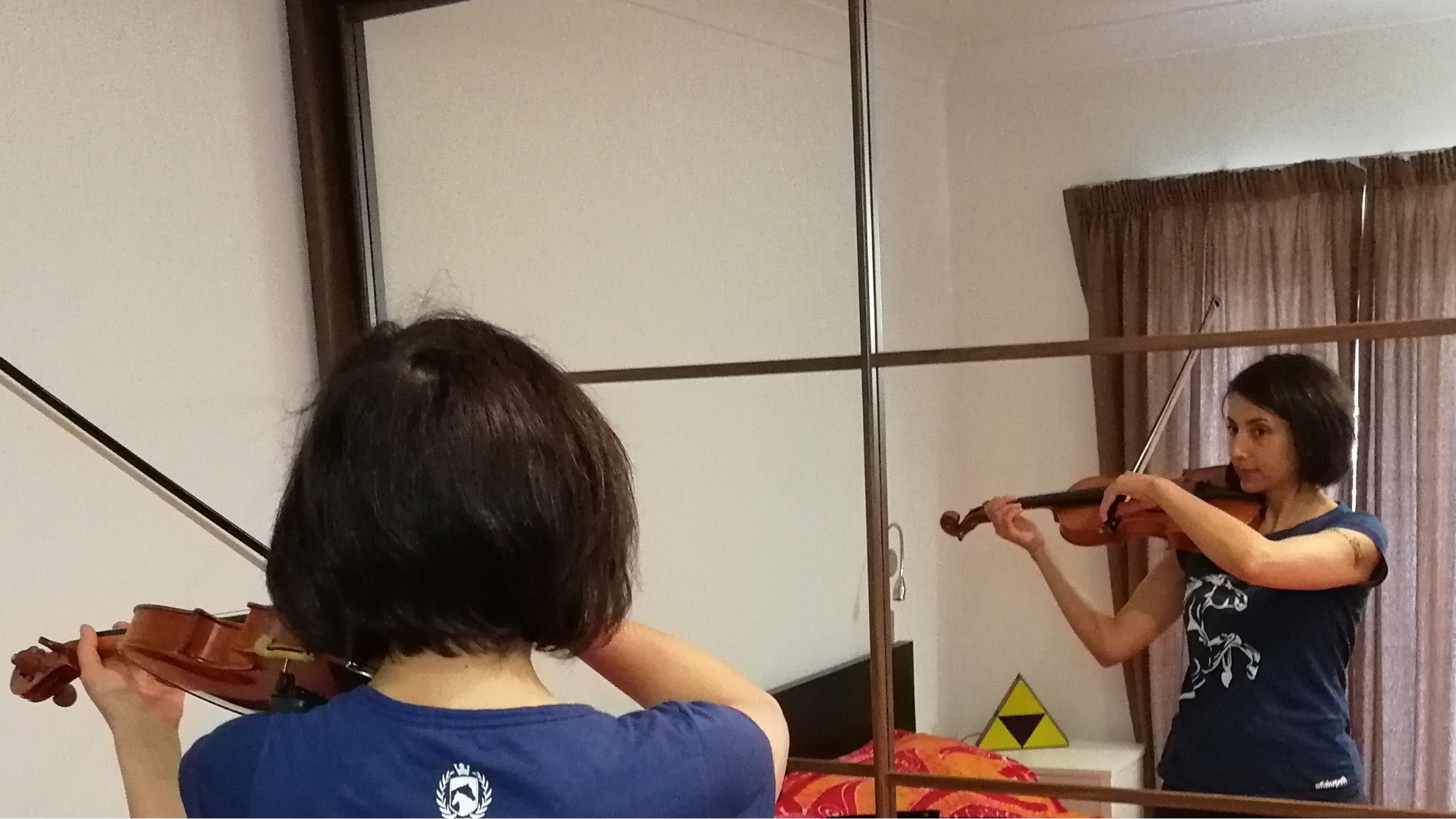
Mirrors are great for giving visual feedback on your technique. As your experience grows, you'll develop a second sense for what 'looks right' when playing the violin, and a quick glance in a mirror can give you instant feedback on whether what you're doing is effective or not.
As with the metronome and the tuner, don't become reliant on the mirror... instead, position yourself so that you can look into it easily, without turning your head.
If you're monitoring your bowing, then you'll need to rotate your body slightly to the left (as you're looking at the mirror, so that your feet are pointing at approximately a 45 degree angle to the left of the mirror.
Then you'll be able to see clearly whether or not your bow angles are correct, and whether the bow is approximately parallel to the bridge or not.
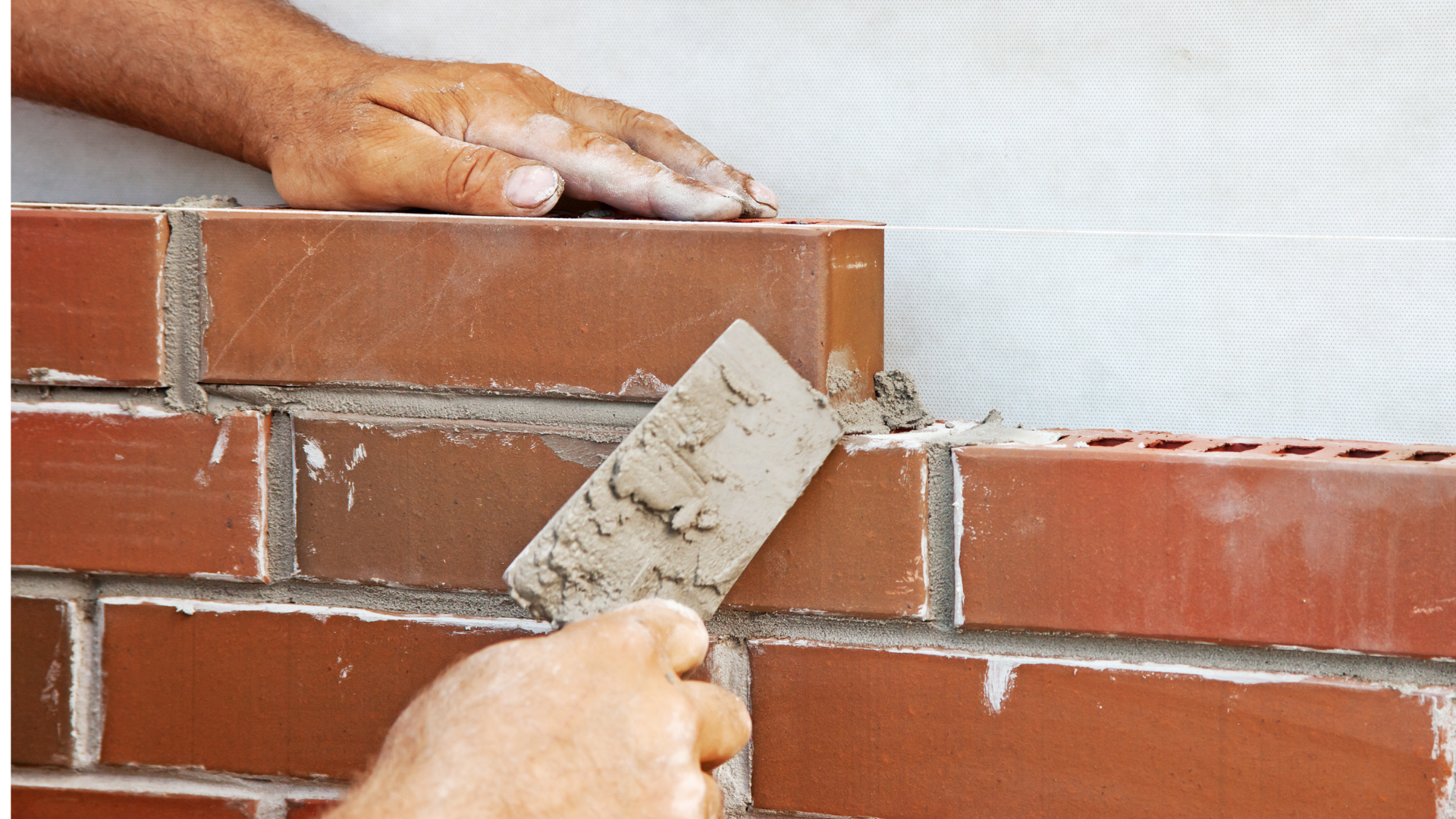
Learning a piece of music conscientiously is a bit like building a brick wall! Each brick needs to be carefully connected to the bricks next to it, so that you end up with a smoooothly constructed, neatly finished end product.
A great way of doing this is by breaking down the music that you're learning into 'blocks'. How big the blocks are is up to you - 1 block could equal 1 bar, or 1 phrase, or any other quantity that you think is appropriate!
Once you've practised each block, you then practise together with the next one.
Practise Block A, then Block B, then Blocks A + B together.
Then practise Block C, then Blocks B + C together.
Then practise Blocks A, B + C together.
Extend and repeat this for as long as you feel necessary!
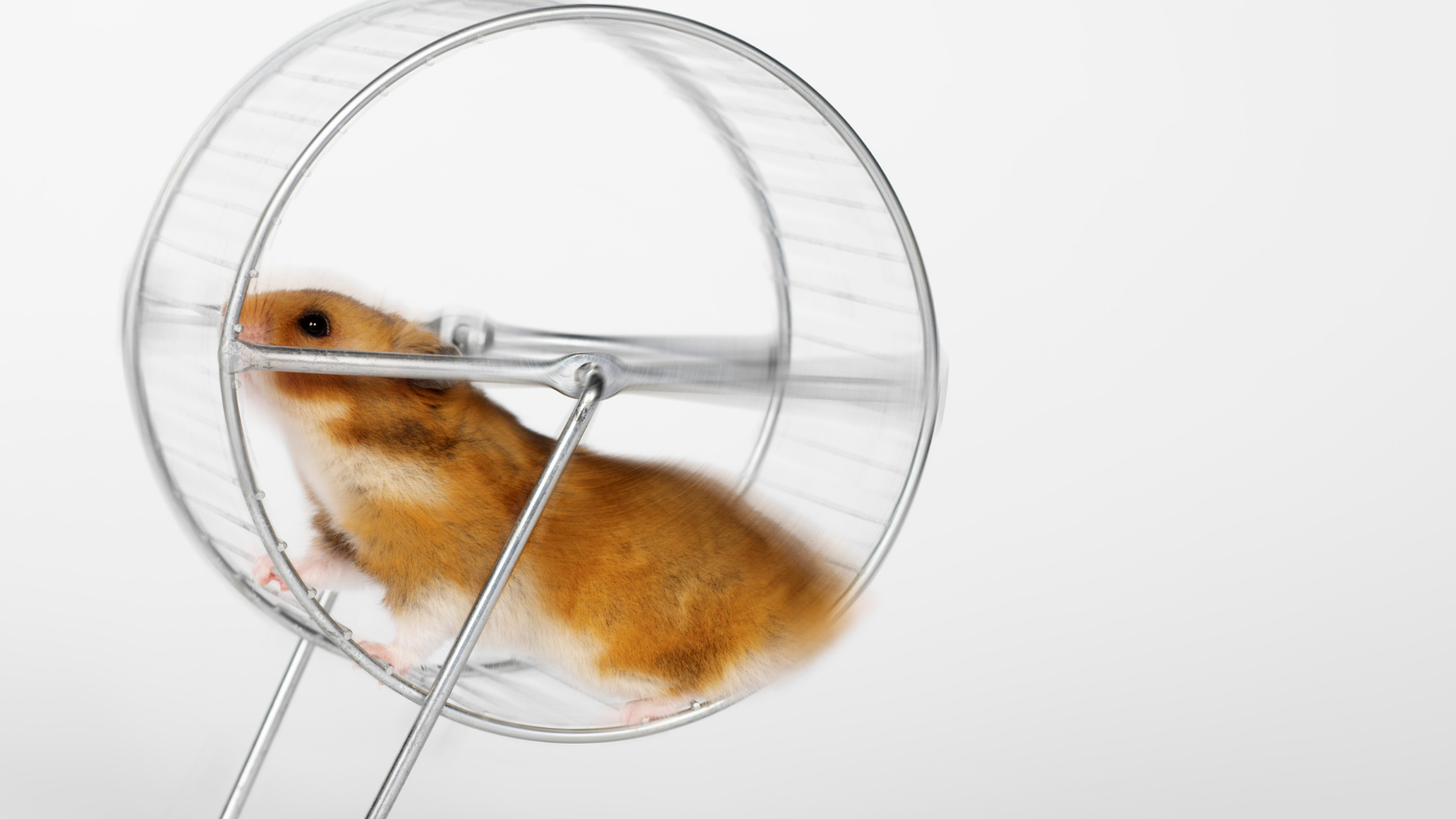
This one's simple. Solved a problem? Fixed a technical issue? Then 'loop' it - repeat it over and over again - until you've drilled the memory super-deep into your muscles!
Repetition is really powerful though, so be really careful that you're grooving in the right motions before you start looping things!

Good Technique is really important, but ultimately, most people play music on the violin in order to communicate emotion, and technique is only the means to that end.
Try exploring different ways of playing all the music that you practise... experiment with styles and characters that go beyond what you think you might eventually use. This way you'll discover interesting insights and perspectives; you'll think about the music you're playing in a new way.
Also, don't leave the 'musical' or 'expressive' side of things until too late in your practice... your technique needs to adapt to support your musical decisions, so begin experimenting with different musical ideas well before your technical motions are finalised.
Please visit our sponsors:
London String School - Tuition for Adult Learners in London
MusicLand - Creative Music Products for Teachers and Learners
Please visit our sponsors:
FiddlerShop.com - Quality instruments at an affordable price
London String School - Tuition for Adult Learners in London
MusicLand - Creative Music Products for Teachers and Learners
